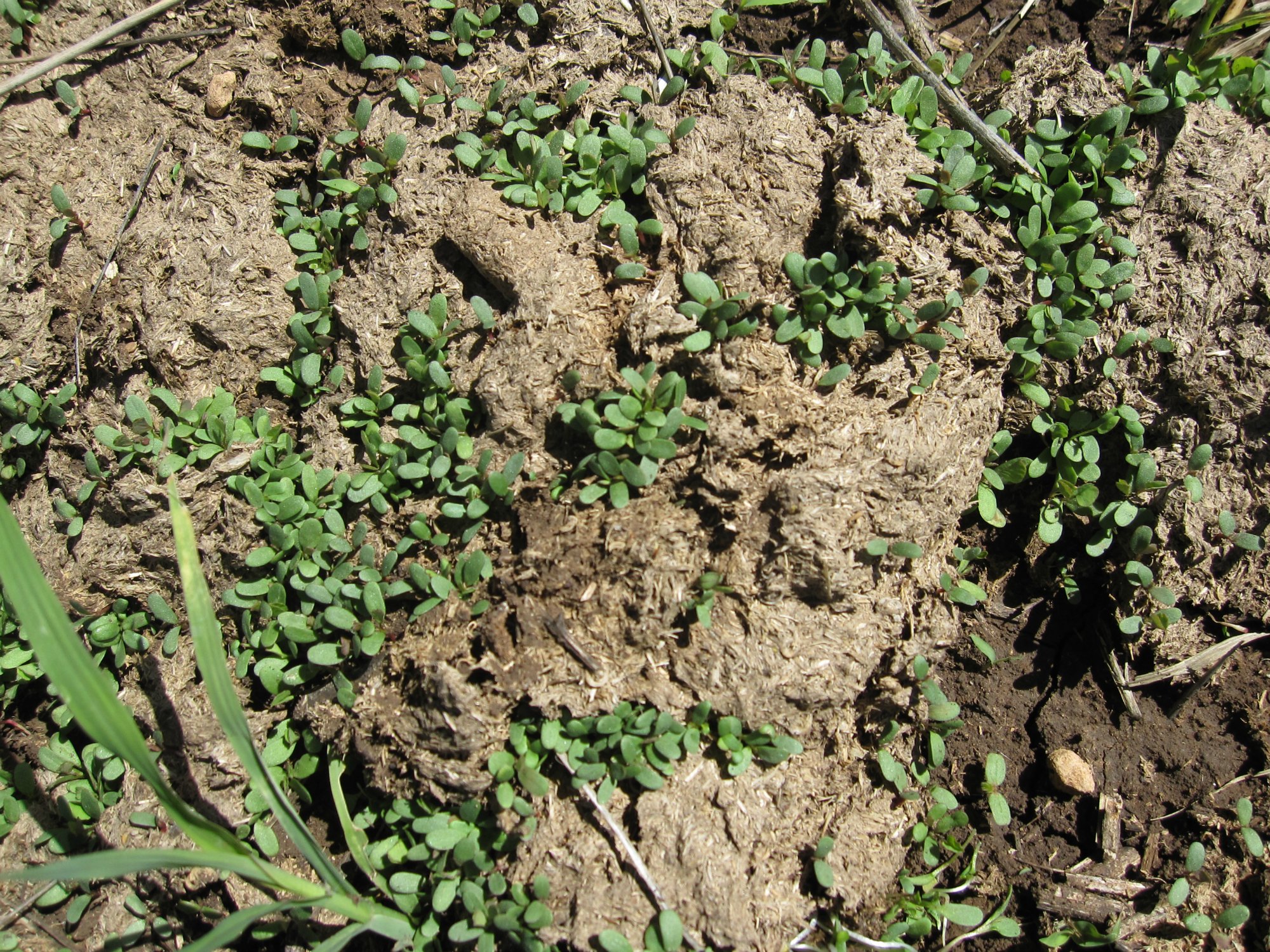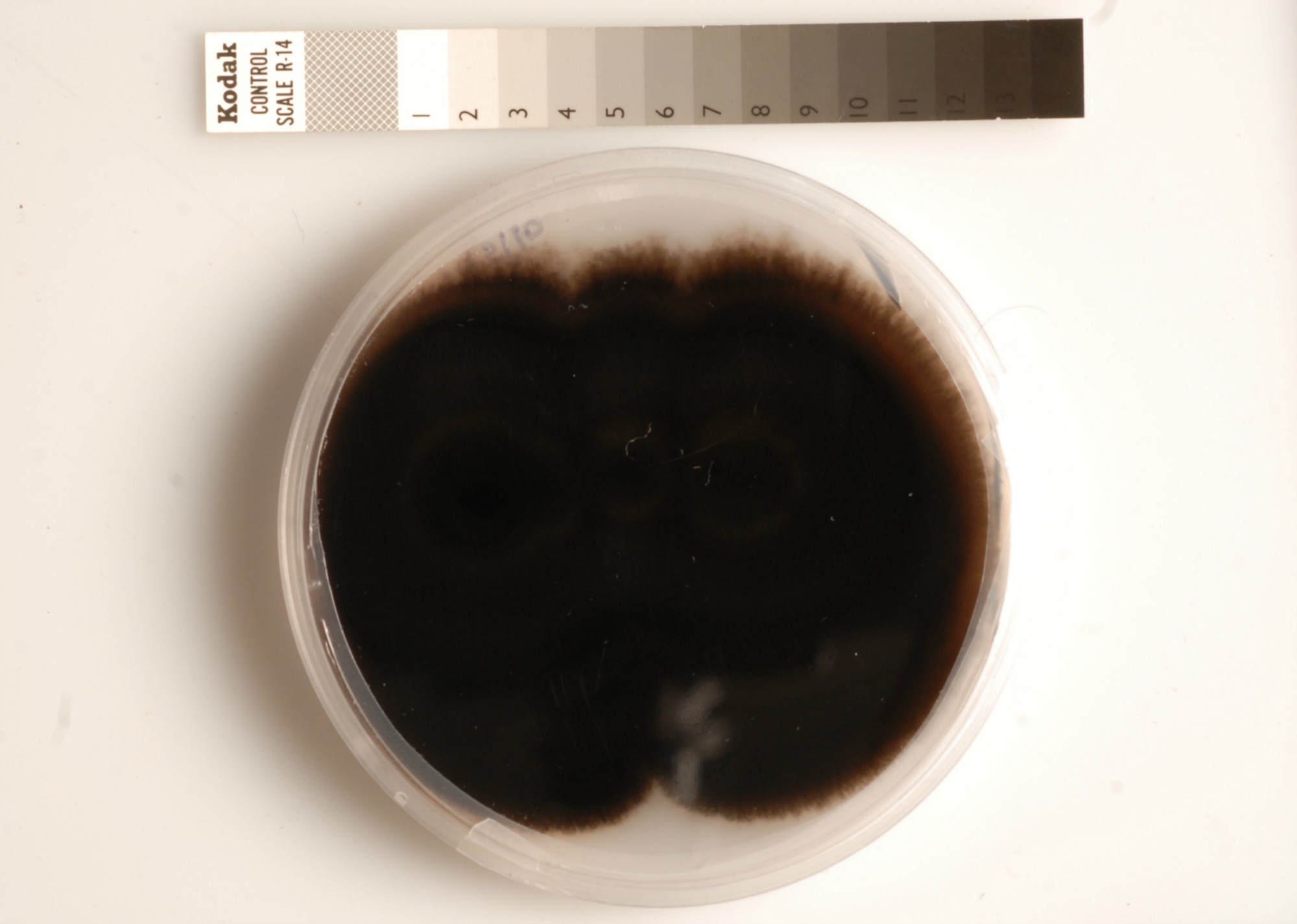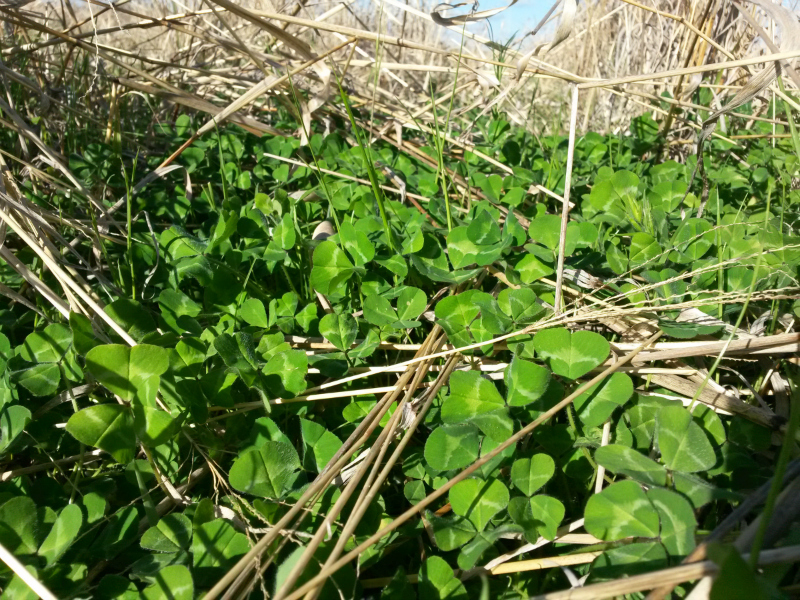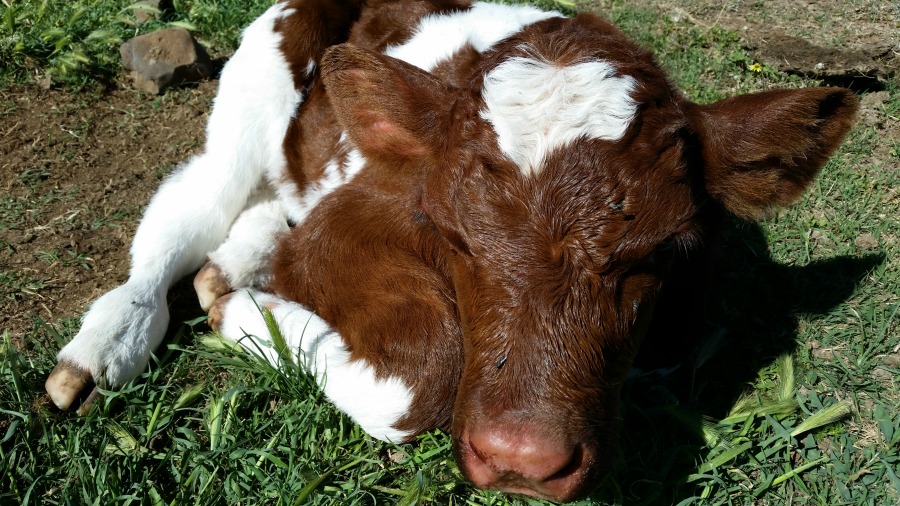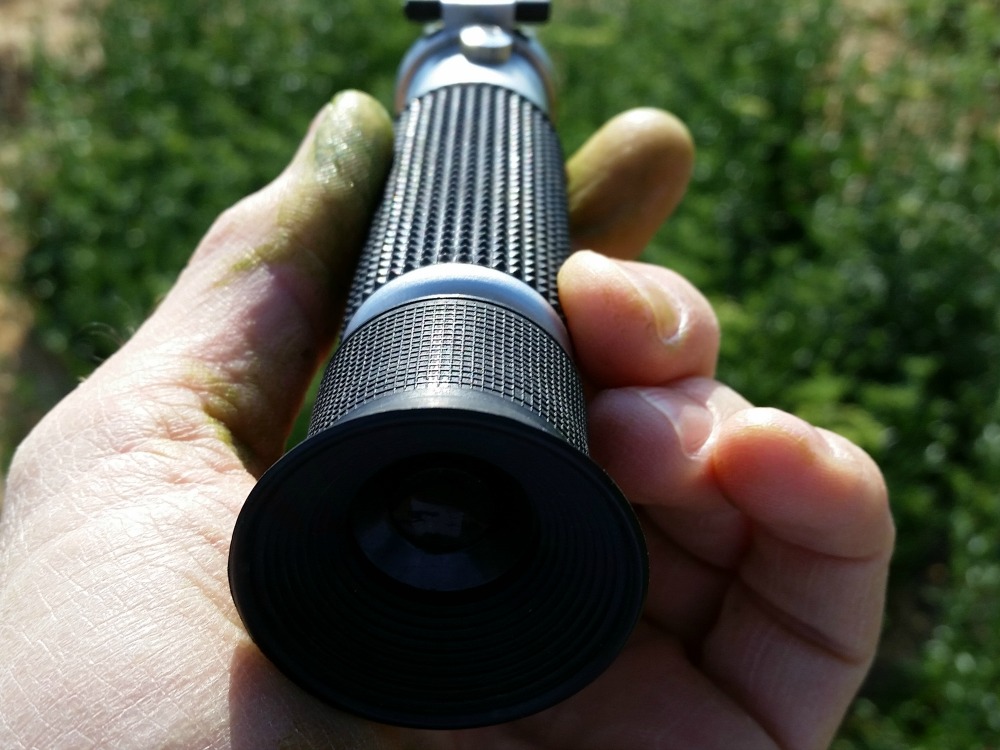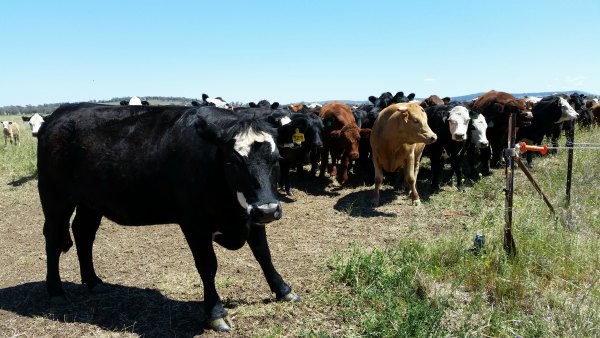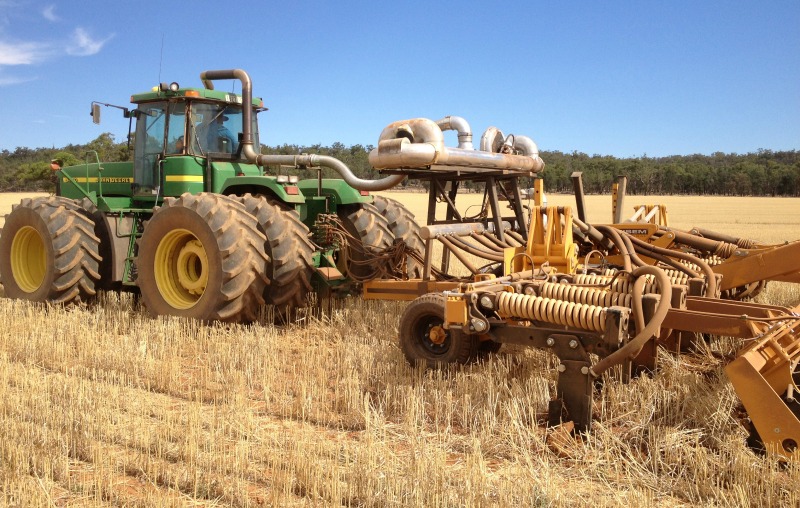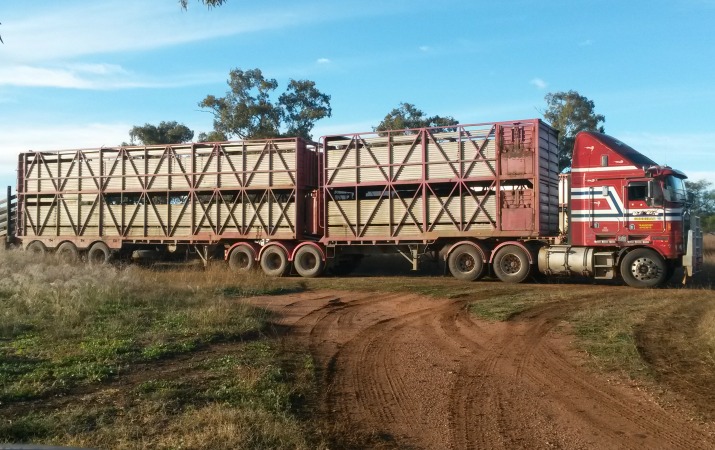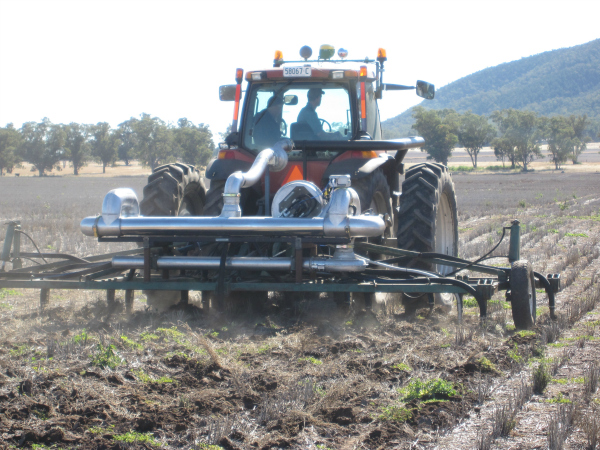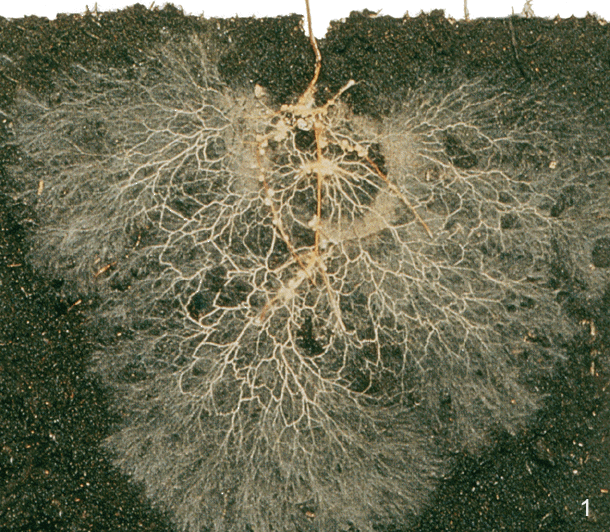As regenerative farmers we are trying to increase our pasture quality and diversity for the benefit of animal performance and for the benefit of the land. Ensuring plant recovery between grazings and planning of our grazing helps to assure this, but we can also speed up the pasture productivity or diversity with no, or virtually no associated costs.
We can do this in a couple of different ways.
Existing pastures that have seeded
We know that livestock can spread weed seeds, but we can also use this to our advantage to move desirable seeds around. At times, opportunities arise where a grass or a desirable broadleaf is seeding and we can plan some strategic grazing to move this to an area that lacks that species.
Livestock can spread seed both on their coats – which works well with fluffy, fine grass seeds. It can also be spread through their manure. When seeds are spread in the manure, they are sitting in a nutrient rich environment – just perfect for the growth of the plant once it germinates. Strategic grazing of different paddocks can quite easily allow this to happen – improving pasture with no seed or planting costs. Continue reading “PASTURE SEEDING THROUGH GRAZING” »

